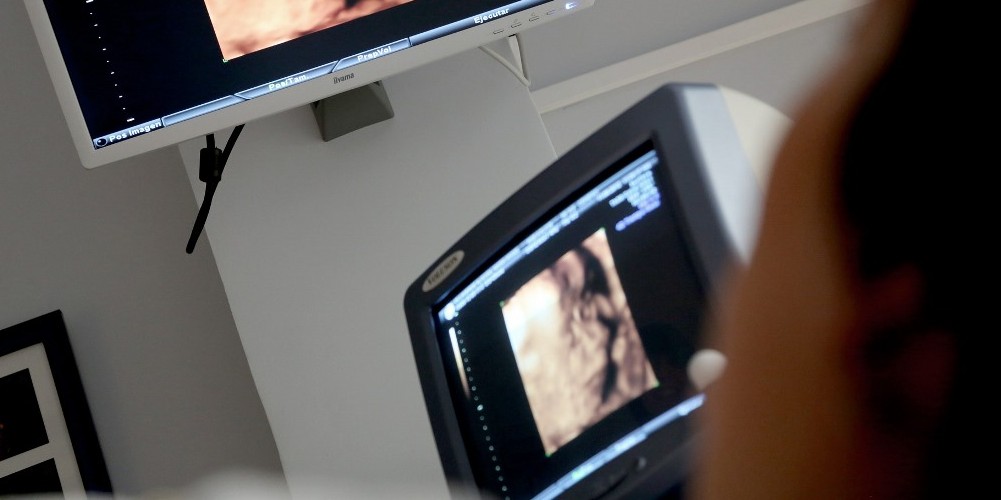
Mistakes made in administrating medications are often serious, especially when those mistakes are made with expectant mothers. A study published earlier this year highlights how common drug errors are among this group of patients.
Types of Serious Medication Errors
Serious medication errors involve one or more of these issues:
· Wrong medication
· Wrong dosage
· Wrong patient
· Wrong administration route
· Wrong time
A survey released in February focused on medication orders given to the wrong patient. All patients in the study (“46: Wrong Patient Orders in Obstetrics: An Unrecognized Patient Safety Risk”) were pregnant.
The year-long study, which included over 1 million drug orders and nearly 17,000 obstetric patients, found an alarming rate of potential mistakes when dispensing drugs to pregnant women.
The authors found 516 “retract-and-reorder” events. A retract-and-reorder event is when a doctor gives an order for one patient, discovers an error, cancels the order, and then issues the same order for a different patient. In other words, the order was given to the wrong patient originally.
Over half of the retract-and-reorder events in the study of pregnant women were attributed to medication orders.
‘Wrong Patient’ Medical Mistakes
“Wrong patient” mistakes not only involve medications. Operating on the wrong patient is a serious surgical error that happens in hospitals across the country.
In this study, another “wrong patient” error the researchers uncovered were mix-ups over diagnostic imaging tests.
Most of the retract-and-reorder events happened during the night shifts at hospitals, when the attending staff perhaps was tired or less focused. But concerning the medication errors specifically, the authors noted another possible cause – the similarities of the patients.
As they were expecting, the patients in the study were the same gender, roughly the same age and, of course, they all had the same medical condition.
The high rate of medication errors (ultimately caught) found in the study shows how vital identifying patients correctly during medical treatment is. But it is often overlooked.
The study’s authors included guidelines to avoid misidentifying patients during drug administration or other medical orders. They revolve around clear and thorough communication between care givers.
For example, they recommend always identifying patients two ways when making and implementing orders – by name and birthdate, or name and medical number.
In its 2016 report, “Patient Identification Errors,” the ECRI Institute examined medical mistakes involving the wrong patient in even more detail. The organization, which works to improve healthcare safety, found numerous causes of patient identification mistakes, including:
· Incorrect patient wristbands
· Missing patient wristbands
· Poorly designed patient wristbands
ECRI also noted errors in electronic medical ordering due to provider fatigue or confusion because more than one patient electronic chart was open at the same time. Wrong-patient surgery errors largely were caused by poor communication as well.
Patients should never be harmed by receiving the wrong medical drug or procedure simply because basic steps were not taken to correctly ID them.
If you had a loved one die or you were seriously harmed during medical treatment, consult with an experienced medical malpractice attorney, who can investigate to determine if a preventable error was the cause.
The choice of a lawyer is an important decision that should not be based solely on advertisements.
Authored by Gray Ritter Graham, posted in Blog June 11, 2020

 RSS Feed
RSS Feed